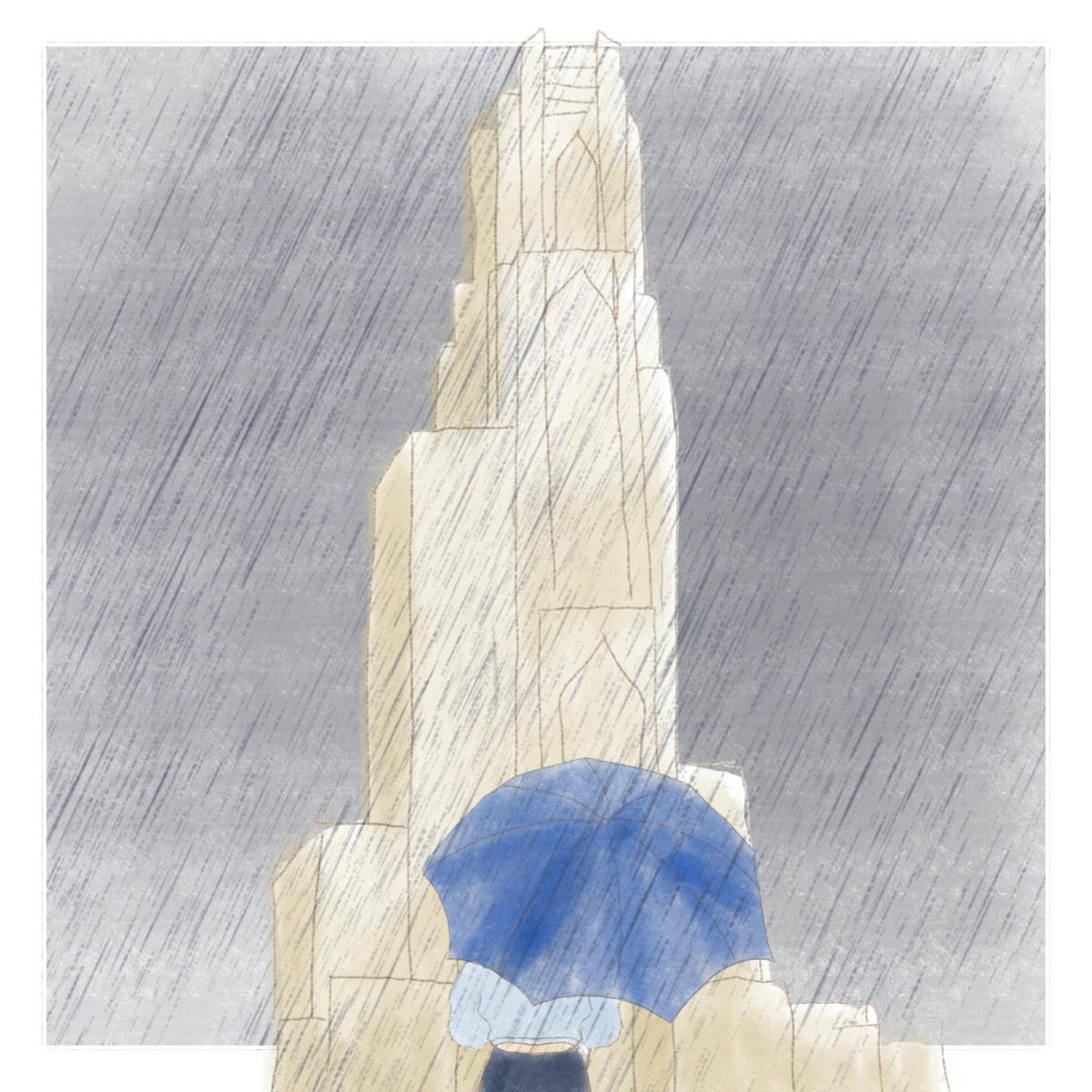University Art Gallery exhibitions look to ‘show the richness’ of queer artists
Greer Lankton’s Science Fictions art exhibit in the University Art Gallery.
October 31, 2022
As a transgender woman in the late 1900s who struggled with addiction, identity and eating disorders, artist Greer Lankton had plenty of experience as an outcast, according to Isaiah Bertagnolli.
However, Bertagnolli, the curator of the new “Greer Lankton: Science Fiction” exhibition in the University Art Gallery, said he didn’t want Lankton’s struggles to be the exhibition’s sole focus. He instead highlighted her range of art with pieces such as a loose-leaf journal entry Lankton wrote before being admitted to a mental hospital for depression and a leaflet with the names of 30 of Lankton’s friends who died from AIDS, as well as a purple creature drawn with genitalia.
“I selected works trying to be mindful of her biography. I have her works grouped together into a number of sub themes — one wall points to how she used Christian imagery, another wall touches on her interest in the body, stemming out of how she was a gymnast as a child,” Bertagnolli said. “The idea was to give people a sense of the breadth of her work and the many different themes she’s working with.”
Bertagnolli, a graduate student in Pitt’s History of Arts and Architecture department, curated “Greer Lankton: Science Fiction” with about 50 pieces from Lankton’s archive at the Mattress Factory. The semester-long exhibition at the Frick Fine Arts building and Hillman Library also includes an exhibition on artist Andrey Avinoff curated by professor Alex Taylor and his students. Both these exhibitions will be open until Dec. 9.
“Greer Lankton was, by all accounts, a really warm, intelligent, smart, kind, compassionate, funny person. And that’s a lot of what I wanted to bring out during the show,” Bertagnolli said. “Too often, when we tell stories about addiction, about queer people, we paint addicts negatively and we focus on queer people’s tragedy.”
Taylor, an assistant professor and academic curator in the History of Art and Architecture Department, curated the “Andrey Avinoff: Fantastic Visions” exhibition. Taylor’s students from two of his museum studies courses devoted to Avinoff helped him curate the exhibition.
Although Avinoff and Lankton were alive during separate time periods, their struggles with sexuality connect them, Taylor said.
“Both of their work, in a way, is involved in the articulation and expression of their identity,” Taylor said.
In the early 20th century, Avinoff was the director of the Carnegie Museum of Natural History, an entomologist and Pitt employee. As a migrant fleeing the Russian Revolution, he helped create the Cathedral of Learning’s Russian Nationality Room. His intellect and cultural heritage left an undeniable impact on Pittsburgh, Taylor said.
“[Avinoff] had this incredibly diverse range of interests and expertise that spanned the fine arts and the sciences,” Taylor said. “He is a reminder of the extent to which migrants fleeing political and social turmoil often end up making incredible contributions to places they make up.”
Toni Brayo, a senior museum studies and studio arts double major, said she thought it was important that the exhibition explored Avinoff’s sexual identity.
“There were so many topics that we had to grapple with, even in terms of gender and sexuality,” Brayo said. “I think that, by sifting through the content, we were able to effectively touch on all of it.”
Taylor said that although Avinoff was a gay man, he was not open about his identity, instead subtly referencing his identity through his work. As a close friend of famous sexologist Alfred Kinsey, Avinoff also helped raise awareness of the LGBTQ+ community.
“The way that we capture that in the exhibition is that his sexuality was a bit of a known secret, and there’s all sorts of coded references to his identity,” Taylor said. “There is a reference to him dressing up as a butterfly at a social event, which is something that made its way into our imaginations as we were thinking about what this man was like in 1920s conservative Pittsburgh.”
Sarah El-Hefnawy, a sophomore museum studies and psychology double major, conveyed her pride as a curator and her hopes of connecting with the viewers through Avinoff’s art.
“Looking at the wall after the show is done and seeing my name is so surreal,” El-Hefnawy said. “The thought of engaging with people and showing them something that we’ve worked so hard to develop is so empowering and so rewarding.”
Sylvia Rhor, the University Art Gallery’s director, said she made the decision to run the shows side-by-side. Her goal as director is to sensitively promote diverse stories that represent diverse communities.
“For the Greer Lankton exhibition, we did start a small advisory council of students, staff, faculty and community members who advised us on things like language, sensitivity, and read through some of the text,” Rhor said. “Most of the people on that advisory council were trans and nonbinary, so their perspective was incredibly important.”
Rhor said she hopes that students and visitors appreciate all of the facets of Lankton and Avinoff’s identities.
“We hope to understand that people are complicated,” Rhor said. “We want to show the richness of their story.”



